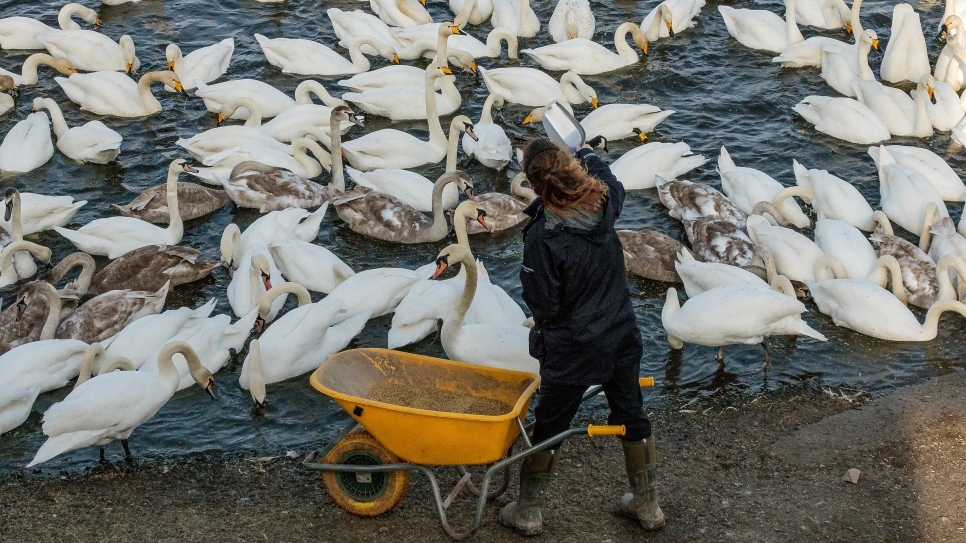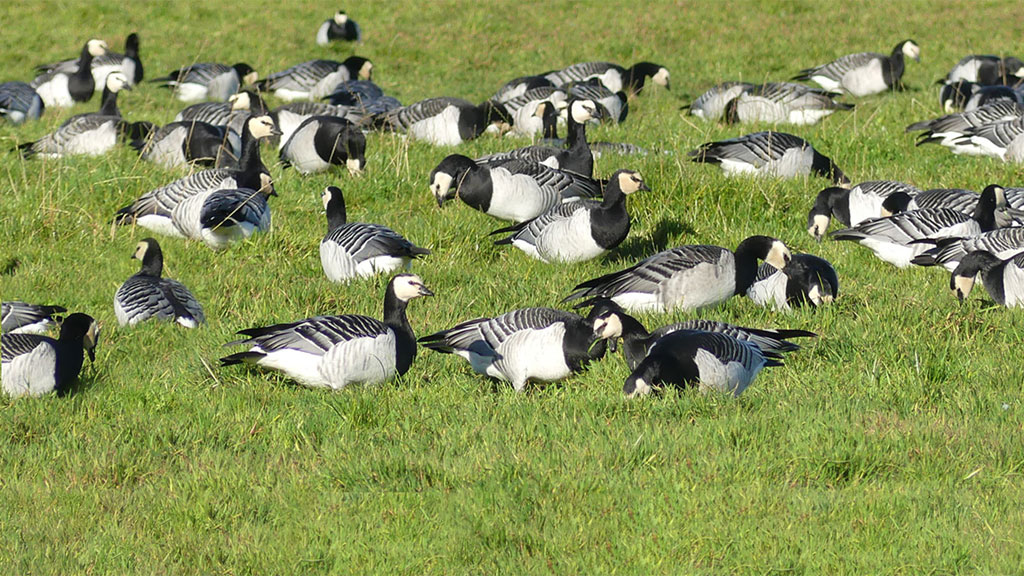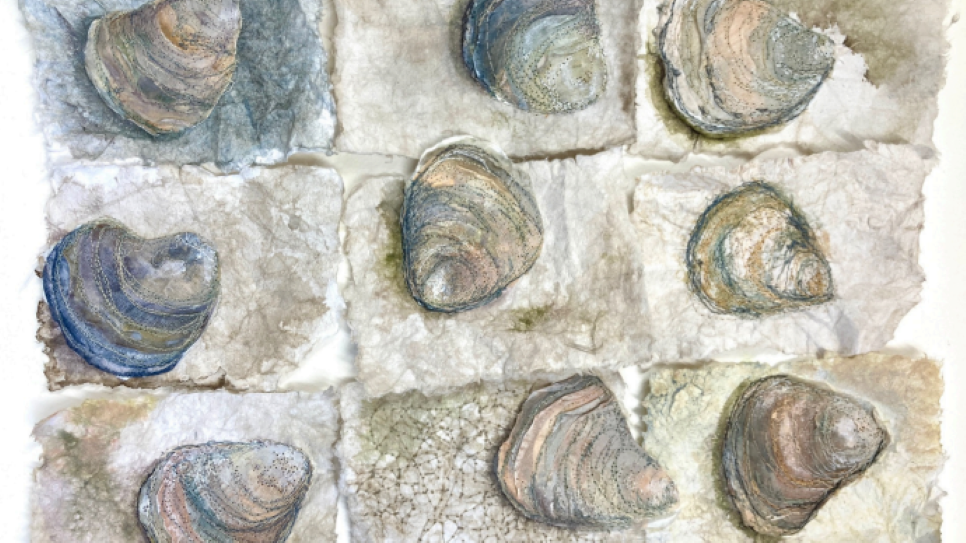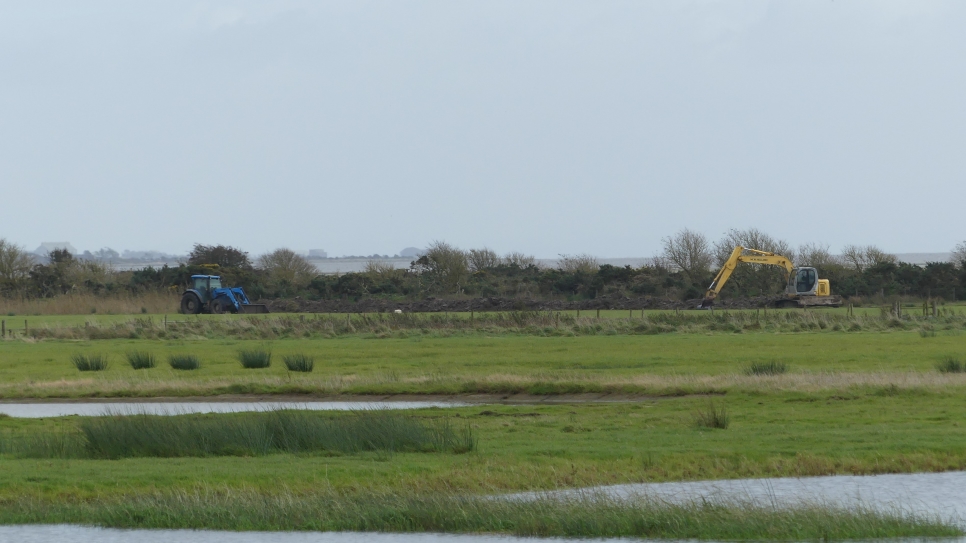Building a pond

Since the placement students and I moved into the cottages on the reserve, our garden has changed a lot. We arrived in September to an overgrown, slightly chaotic, wildlife paradise. Frogs, slugs, birds - you name it - had made their homes in this grassland forest whilst no one inhabited the cottages and they probably enjoyed the peace. Then three girls arrived and began the onslaught. Chopping away at the overgrown grass, pulling out ancient bamboo roots that had found themselves dangerously close to the cottage foundations and digging up a miserable boggy pond liner with more holes in it than my worn-out bonfire t-shirt. I reckon we can all say we had great fun turning the place upside down to start a fresh.
We plan for a garden that is wildlife-friendly but one that we can enjoy. Where we can grow some vegetables, sit and watch the birds and add a new, functioning pond. A great way of extending the wetland nature reserve to our neighbouring garden. Quite like a wildlife corridor, offering important habitat to the flora and fauna. Something that anyone who has a little bit of outdoor space can create.
The reserve team began the pond-making process in late October, planning the shape and depth, using fence posts and rocks to lay out the edge. Then, with no particular guidelines, we started digging with various depths. A deep area in the centre of the pond was excavated out so there’s an area where water doesn’t freeze over for the frogs during the winter months, some shelves at various depths for aquatic plants, and a shallow sloping edge all around for easy access for the visiting wildlife. A recycled liner we found in the back of the workshop was then placed, with rocks to hold it down and a trench dug out to bury the liner edge in.
Then time to fill – an extremely satisfying task of standing and watching the hose fill up the pond.
As we watch the pond mature and evolve in the coming months, we will add rocks and pebbles to the edges, native aquatic plants for food for the wildlife, and maybe a recycled wooden bench nearby.
Here at Caerlaverock we hope that you are all trying to encourage wildlife into your own gardens. However ponds are not the only way: mini wetlands, natural bird feeders and solitary bee posts just to name just a few. More information about all of these can be found on the WWT website!
Words and picture by Annie Pickering
Feature image of a common frog



